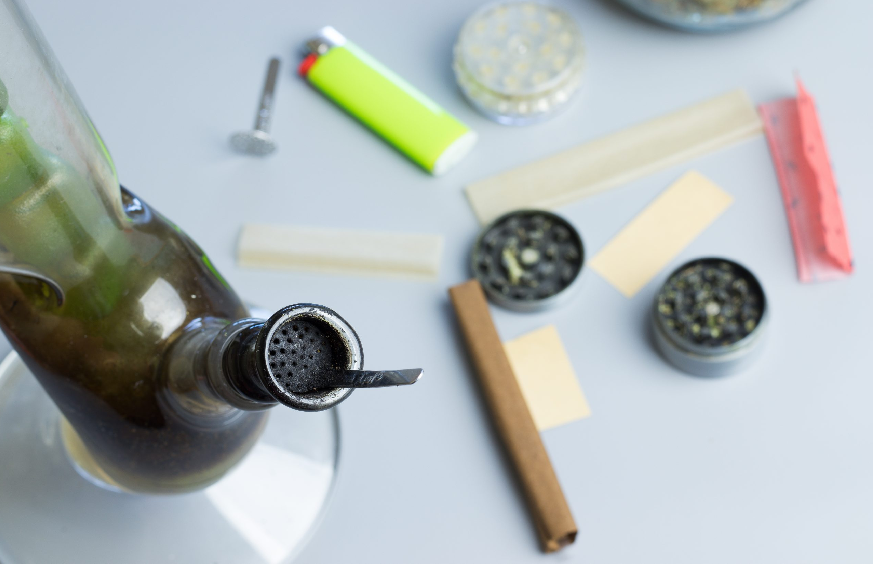Dabbing – The Ultimate Guide

Dab literally means something like blob or lump and is a synonym for concentrates that are suitable for “dabbing” and come in different colors and shapes. “Dabbing” or “Dabben” means to dab off or dab on. So, to dab is to dab a lump or blob. Of course, dabbing or dabbing sounds a lot smoother; but now you know where the words come from.
Importance of concentrates
In the case of concentrates, all plant components that are insignificant for medical use are removed and no toxic combustion residues are produced during evaporation, which can be deposited in the body. This protects the lungs considerably without having to forego a strong effect.
Types of extracts are there and are they made:
Concentrates suitable for dabbing at Online smoke shop are usually created when the remains of the herbal harvest are placed in an extractor and the active ingredients are extracted with a gaseous solvent. Butane is usually used for this, which is where the English term Butane-Honey-Oil or BHO came from. BHO can come in different colors, consistencies and forms, for which their own American English names have developed. So that you already have a good overview, here is a small overview of the most common subcategories of BHO:
1. Shatter
Can be recognized by its transparency and can be almost clear to dark brown in colour, which, contrary to widespread rumours, does not necessarily allow conclusions to be drawn about the quality. Shatter can take various intermediate forms from oily, soft like honey, to a brittle, hard consistency like glass.
2. Wax
is generally opaque and is known to contain more so-called terpenes, which provide a particularly full-bodied aroma. Wax can be roughly divided into three further subcategories:
Sugar – Brittle, shiny, crystalline and less sticky.
Crumble – Brittle like Sugar, but more matte and creamy.
Butter – Creamiest and stickiest, universally popular.
Live-Resin
Regardless of the chosen solvent, shatter or wax, this process refers to the extraction of fresh plant material, which is processed within 24 hours of harvest. The concentrates obtained from this are considered to be outstanding in terms of taste, but are very rarely found due to the high level of effort involved.
Other processes for producing concentrates
In addition to the popular butane extraction, there are also processes using other solvents such as CO2 or dimethyl ether (DME for short), with the latter having proven to be particularly advantageous. The reason for this is that not only THC, but also CDB and especially the taste-relevant terpenes are dissolved during DME extraction.






